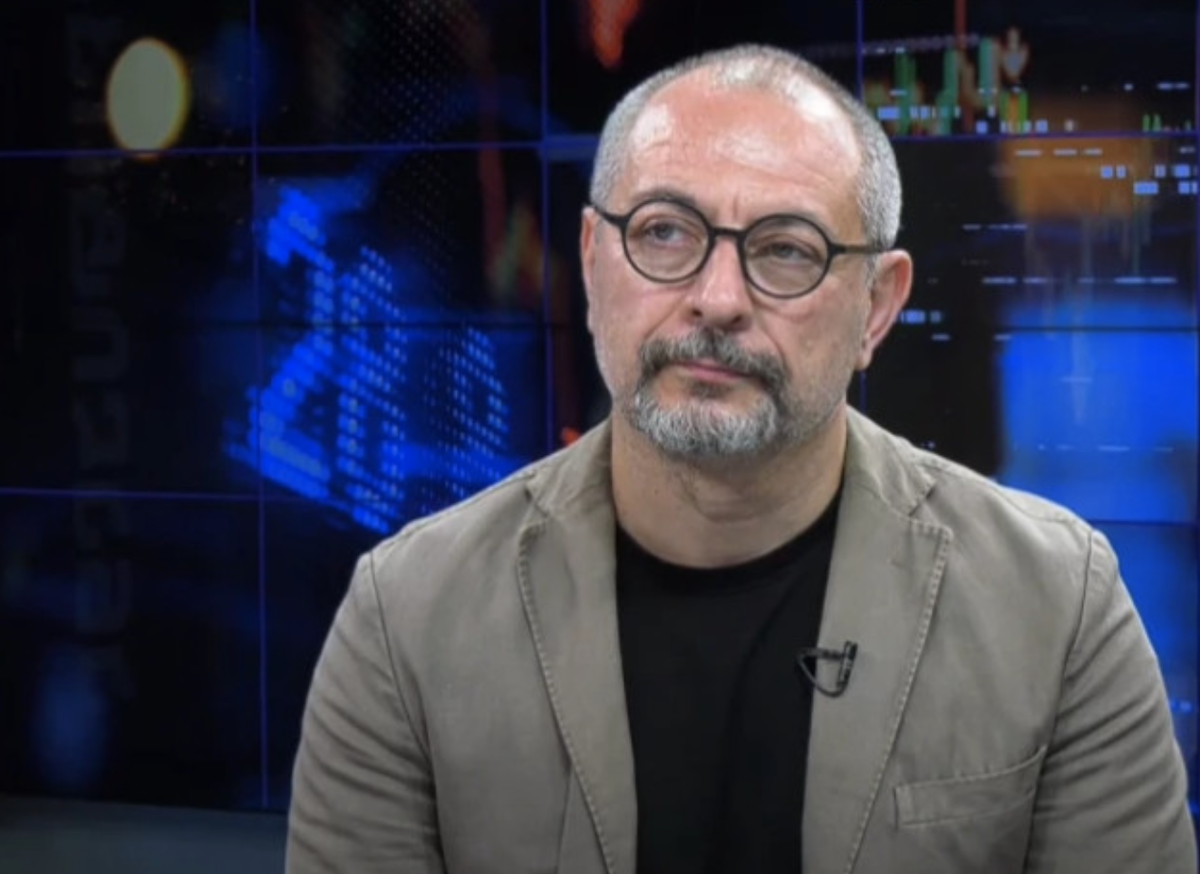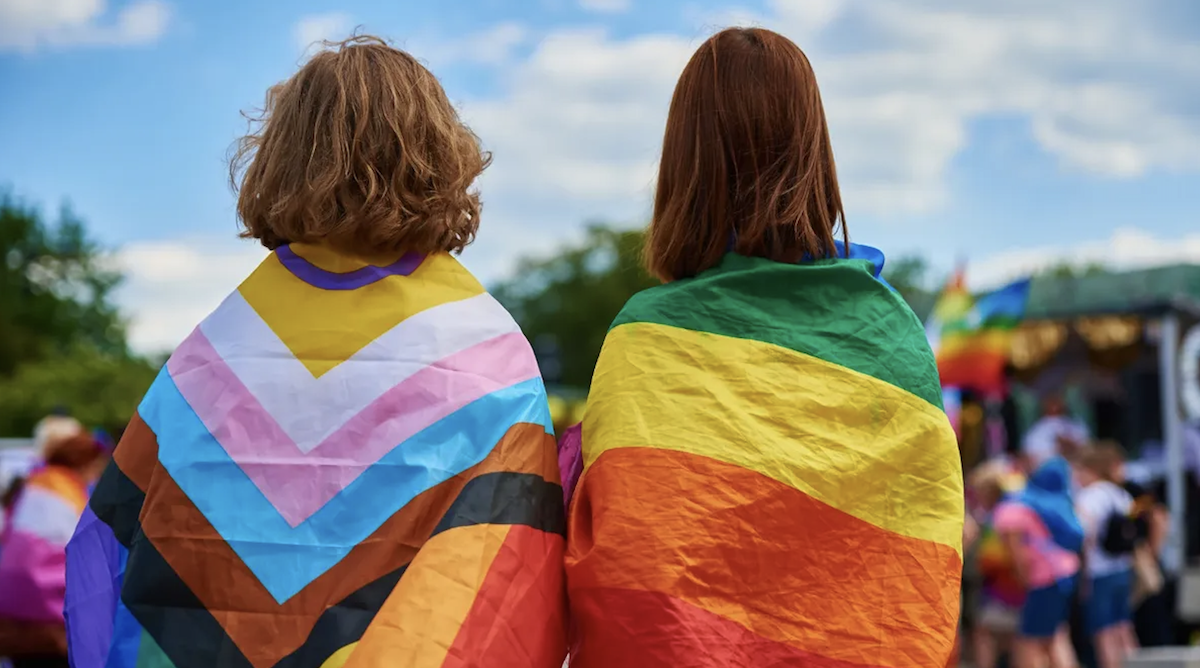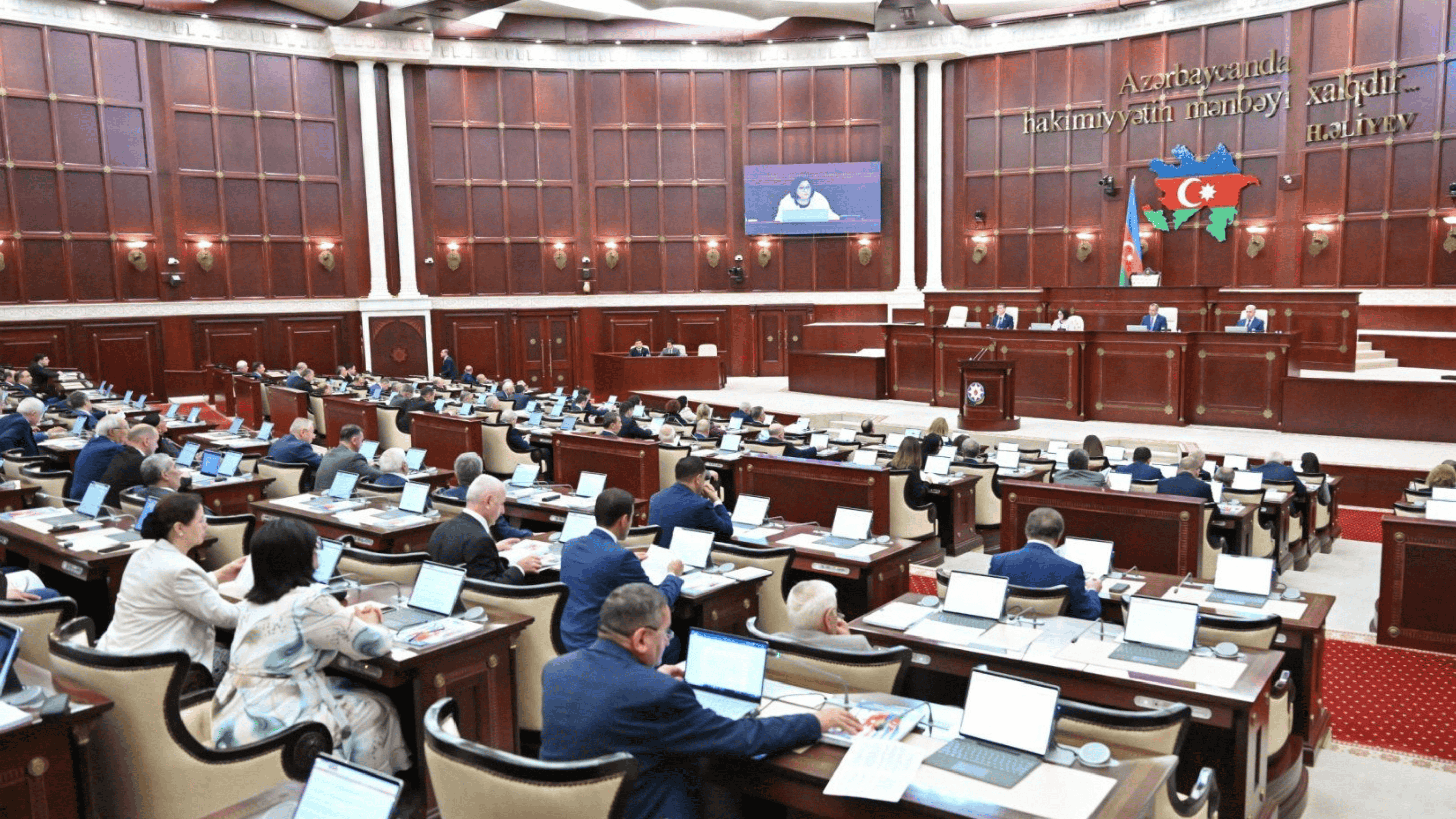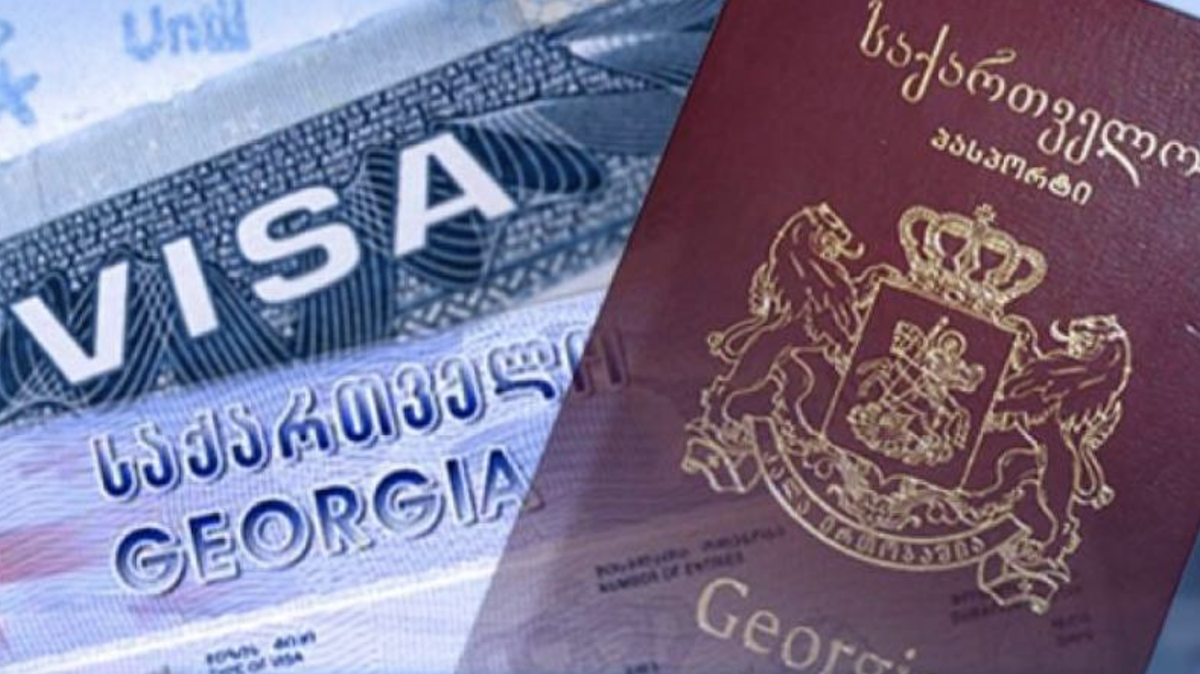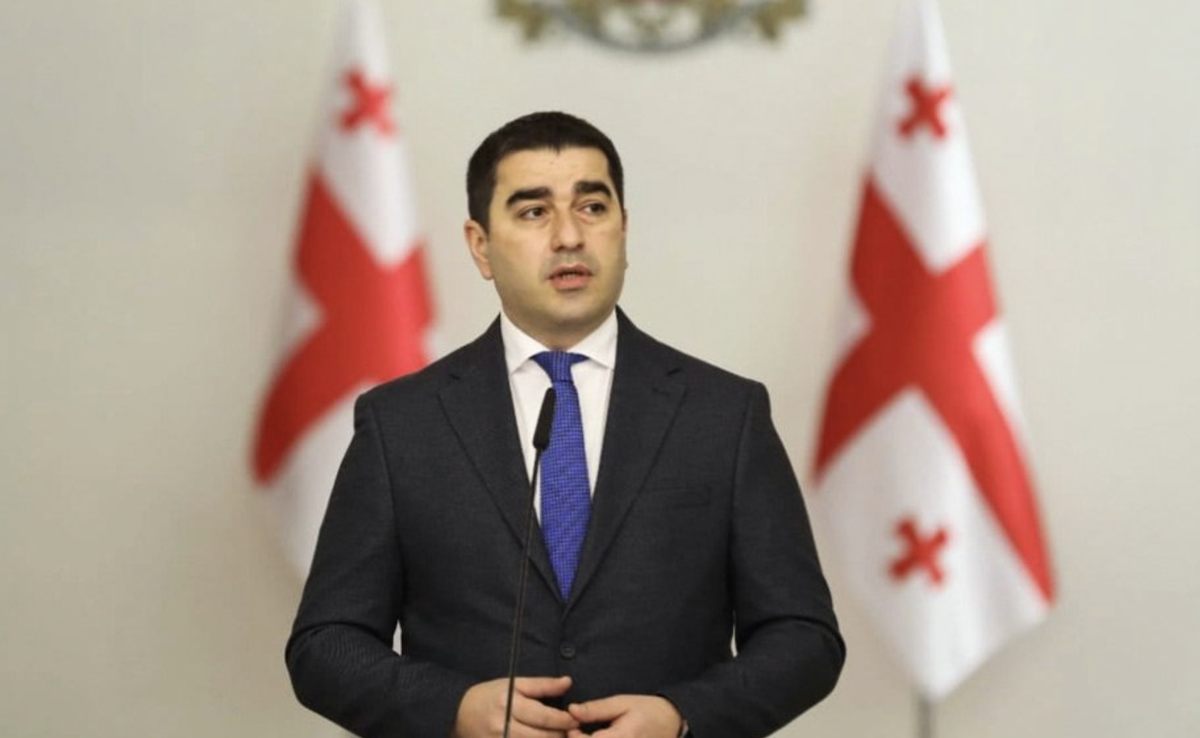Ukraine conflict: ceasefire, prisoner exchange settled, other disagreements remain
A complete ceasefire and the exchange of prisoners on the principle “all for all” by the end of the year are the main results of the negotiations in Paris on the settlement of the conflict in eastern Ukraine, with the participation of the presidents of Ukraine and Russia, as well as the President of France and the Chancellor of Germany.
The negotiations continued for many hours and ended late on December 9.
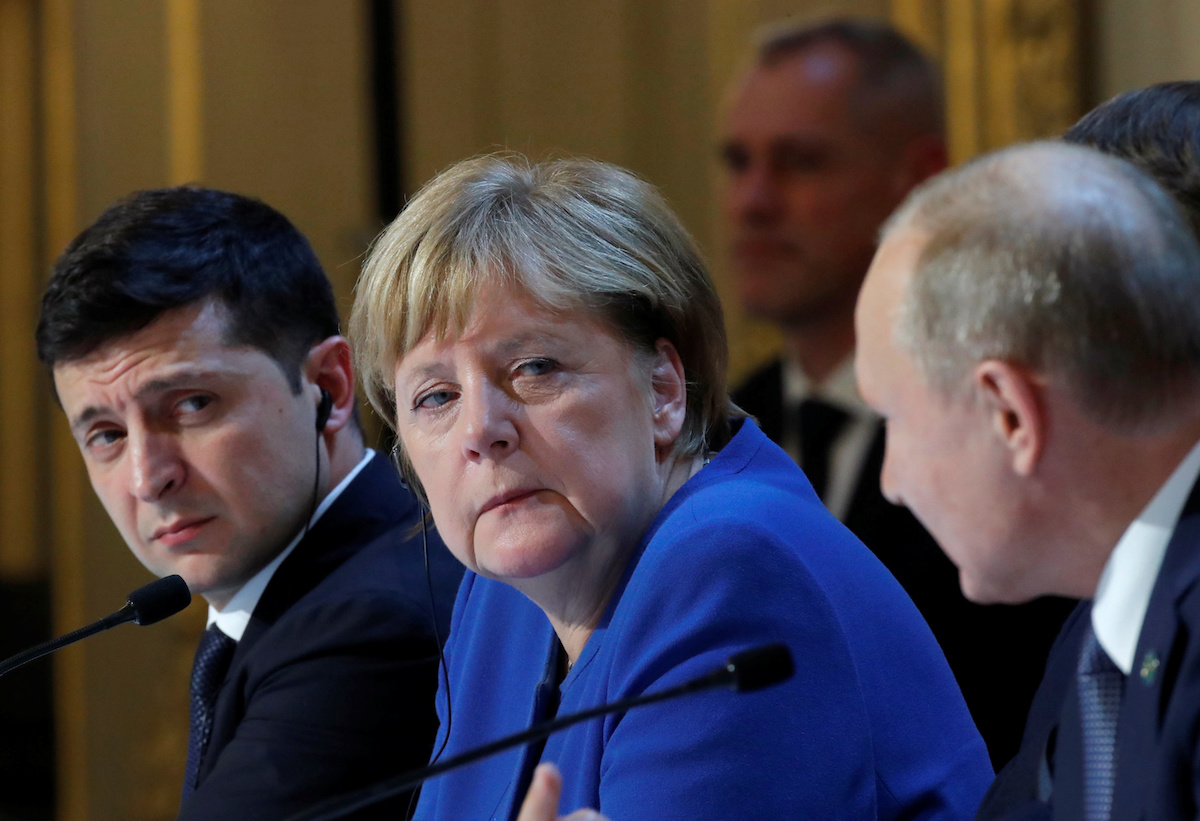
The resolution adopted as a result of the negotiations in the “Normandy Format” also provides for additional zones for the withdrawal of troops, the creation of new checkpoints on the dividing line, as well as full and unhindered access for OSCE observers throughout the conflict zone, Ukrainian TV channel Hromadske reports.
As for the political part of the agreements, the document noted the need to include steps in the legislation of Ukraine to regulate the conflict according to the so-called Steinmeier Formula, which has caused much controversy in Ukraine.
German Chancellor Angela Merkel emphasized the importance of the approach, who called Ukraine’s agreement with this proposal a “big breakthrough”.
The heads of state agreed to meet again in four months to continue negotiations.
Agreements not yet reached
President of Ukraine Volodymyr Zelensky said that he and Russian President Vladimir Putin have a “completely different view” on the transfer to Kyiv of an uncontrolled section of the border between Ukraine and Russia.
In particular, Kyiv insists on transferring control of the border before local elections are held in uncontrolled regions.
Vladimir Putin also confirmed that he and Zelensky did not coincide on this issue.
“It is very simple to understand us: we are for the Minsk agreements to be implemented. Take and read what is written there. It says: Ukraine begins to establish control in this territory, in this section of the border the day after the election. And finally this process ends after the full implementation of all political procedures. Why open the Minsk agreements and rewrite them?” Putin said.
The positions of Kyiv and Moscow regarding the special status of territories not controlled by Kyiv and constitutional reforms in Ukraine remain different.
“I want to highlight a number of principles that I, as president of Ukraine, will never violate and with which the Ukrainian people will not agree. This is the impossibility of federalization – Ukraine is a unitary state, it is an invariable article of the Constitution and an unshakable principle of the existence of the state,” said the President of Ukraine.
Zelensky also noted that no one has the right to influence the political choice of Ukraine.
“Ukraine is an independent, independent, democratic state, a development vector that will be chosen exclusively by the people of Ukraine,” the Ukrainian president emphasized.
Zelensky noted a third ‘red line:’ the impossibility of compromises to resolve the situation in the Donbass through Ukrainian concessions of its own territories.
“We all know that for every Ukrainian, both Donbass and Crimea are Ukraine,” Zelensky added.
What is the Normandy Format?
The Normandy Format is the term used to describe the negotiations surrounding the conflict in eastern Ukraine, and includes the presidents of Ukraine and Russia, in addition to the French president and the chancellor of Germany.
The group met for the first time in June 2014 at a ceremony dedicated to the date of the Allied landings in Normandy during WWII, from where the format got its name.
It was within the scope of the Normandy Format – that is, with the participation of the leaders of Ukraine, Russia, France and Germany – that the Minsk agreements were reached in February 2015 on the cessation of hostilities in Ukraine.
The Minsk agreements provided for a ceasefire, the separation of the parties and the beginning of a political settlement of the conflict within the framework of a united Ukraine.
However, even after this, the fighting in eastern Ukraine did not stop. The international community accuses Russia of violating the agreements, so new international sanctions are being applied and saddled onto Moscow.
The last meeting of the heads of state in the framework of the Normandy Format was held in September 2016.
Prisoner exchange and the Steinmeier Formula – Steps to resuming talks
President Volodymyr Zelensky, a former comedian who won the presidential election in April 2019, declared peace in the Donbass one of his priorities during his campaign.
In September 2019, there was an exchange of prisoners between Ukraine and Russia. On each side, 35 people were exchanged.
Among the liberated Ukrainians were 24 sailors captured in November 2018 during a clash with Russian forces in the Kerch Strait, and director Oleg Sentsov, who had been in prison in Moscow since 2014.
At the same time, this decision was criticised because Ukraine, for its part, handed over to Moscow Vladimir Zemakh, a key witness in the 2014 Malaysian Boeing disaster case.
•Russia and Ukraine swap prisoners
In October 2019, Zelensky announced that Ukraine had agreed to the so-called Steinmeier Formula – a plan for implementing the Minsk agreements proposed by the German president.
In particular, Kyiv agreed to grant special status to the uncontrolled territories in the east of the country if fair elections were to be held there.
This decision was approved by the western partners of Ukraine, but it caused an ambiguous reaction in the Ukrainian public itself.
Zelensky later said that elections in the occupied territories could only be held after Ukraine regained control of the border with Russia.
At the same time, it was precisely consent to Steinmeier’s formula that was the main condition for Russia to resume negotiations in the Normandy format.
The Ukrainian public has also criticized the government for starting the withdrawal of troops and “surrender of positions” on certain areas of the front.
•Capitulation or long-awaited peace? What has Ukraine agreed to?
Why the opposition is protesting
On the evening of December 8, participants in the Movement to Resist Surrender began to set up a tent camp and a stage near the office of the president and announced the beginning of the so-called “Watch of the Year.”
Ukrainian TV company Hromadske reported the purpose behind the opposition’s activity is to force President Volodymyr Zelensky to prevent the surrender of national interests.
On the afternoon of December 8, on Independence Square in Kyiv, a large rally called

The “All-Ukrainian Chamber – Red Lines for Zelensky” took place.
Amongst the Ukrainian opposition parties that called for the rally were – Golos, European Solidarity (led by former president Petro Poroshenko) and Fatherland.
Among the demands of protesters were:
•No compromises on a unitary state and no federalization.
•No compromises regarding the European and Euro-Atlantic course.
•No elections in the temporarily occupied territories of Donbass until the fulfillment of security and de-occupation conditions, the withdrawal of Russian troops and the establishment of control over the state border.
Expectations for the meeting
Neither officials nor experts expected any breakthroughs from the meeting.
French President Emmanuel Macron told reporters that any dialogue with Russia, including in the Normandy format, is in the interests of Europe.
“The war will not end on December 10,” said a spokeswoman for the President of Ukraine, Yulia Mendel.
At the same time, she suggested recalling that “over the past three years there has been little progress in ending the war.”
Some experts suggested that the recent events surrounding the conflict will allow European leaders to raise the question of lifting or easing sanctions against Russia.
However, shortly before the meeting, German Chancellor Angela Merkel noted that today there are no prerequisites for the lifting of sanctions.










